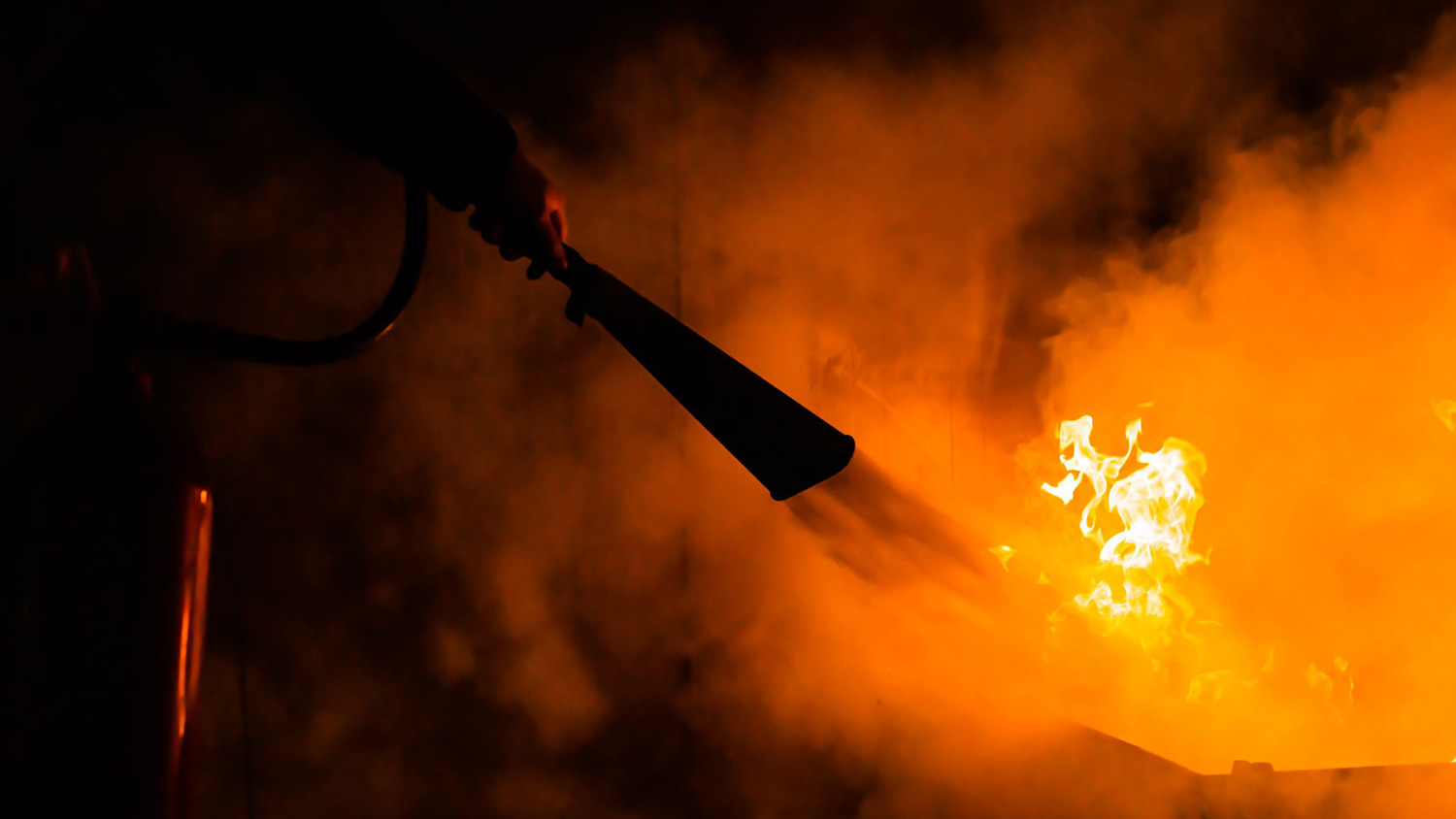RISK
NEWS
BSI publishes new specification on fire safety in non-domestic and housing premises
16 Dec 2020
The British Standards Institution has revised and published a Publicly Available Specification (PAS) that helps reduce fire risk in non-domestic buildings and housing premises. PAS 79, Fire Risk Assessment, has two parts:
‘PAS 79-1, Fire risk assessment – Part 1: Premises other than housing – Code of practice’ gives recommendations and corresponding examples of documentation for "undertaking, and recording the significant findings of, fire-risk assessments in non domestic premises and parts of non-domestic premises for which fire-risk assessments are required by legislation".
It is applicable to peer-to-peer rented accommodation to the extent that such property falls within the scope of the relevant fire safety legislation and to premises used solely for the short-term letting of flats (with letting periods ranging from one day to six months).
'PAS 79-2, Fire risk assessment – Part 2: Housing – Code of practice' gives recommendations and corresponding examples of documentation for undertaking, and recording the significant findings of, fire-risk assessments in housing premises and parts of housing premises for which fire-risk assessments are required by legislation.
Recommendations are also provided for fire-risk assessments that are outside the scope of fire safety legislation but are designed to protect residents of blocks of flats, sheltered housing and extra care housing in the event of a fire in their own flat.
BSI brought together a wide range of experts in fire safety, fire-risk assessment and the housing sector to reach consensus on the guidance and recommendations, which is intended to be used by those who carry out fire-risk assessments as a voluntary code of practice. The BSI said that it is not a Standard and "should not be quoted as if it were a specification".
PAS 79, which was last revised in 2012, provided generic fire risk assessment guidance, but the housing sector wanted more housing-specific recommendations to be developed. It was therefore decided to revise PAS 79, updating the existing PAS and renaming it as Part 1, and introducing a new, housing-specific, Part 2.
Consequently, PAS 79-1:2020 gives recommendations on how to carry out fire risk assessments that will protect the occupants of non-domestic premises, e.g. employees, contractors, visitors and members of the public, while the new PAS 79-2:2020 gives recommendations for domestic premises.
The objectives of PAS 79-1:2020 are to:
- Provide organizations and their advisers with a methodology that can help them meet their legislative responsibilities to undertake fire risk assessments;
- Provide a framework for the assessment of fire risk;
- Promote better understanding of fire risks and fire safety by organizations and non-fire specialists;
- Enable common relevant terminology to be adopted by those who carry out fire risk assessments;
- Provide an understanding of the principles and scope of fire risk assessments;
- Establish a pragmatic, holistic and risk-proportionate approach towards assessment of fire prevention measures, fire protection measures and management of fire safety, for the purpose of conducting fire risk assessments, based upon a fundamental understanding of fire safety principles;
- Establish a satisfactory basis for documentation of fire risk assessments;
- Provide a benchmark for a suitable and sufficient fire risk assessment;
- Promote a consistent approach to carrying out and documenting a fire risk assessment that is likely to be satisfactory to enforcing authorities; and
- Dispel misconceptions as to the nature and scope of a fire risk assessment.
You may also be interested in
RELATED CONTENT
RELATED COURSES

The Fire risk assessment course is designed for individuals responsible for managing fire safety in a workplace or building.

The Fire safety course introduces learners to the dangers, controls and responsibilities associated with fire safety.

The Fire warden course provides the knowledge and skills for a fire warden to identify hazards and prevent fires.

Introduction to health and safety gives learners a basic introduction to managing safety in their workplace.

With many changes introduced by the Building Safety Act 2022, implemented in April 2022, there remains some confusion over who’s responsible for what ...

Over 60% of people responsible for fire safety in the workplace believe they “could be doing more to ensure the building is fire safe".

From 23 January 2023, responsible persons will be required to comply with additional responsibilities introduced under the Fire Safety (England) Regul...

The Fire Safety Bill has been introduced as part of the government's commitment to improving building safety.